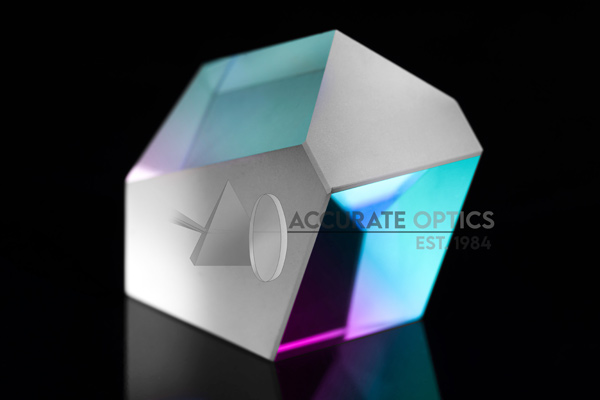What are the Different Types of Optical Mirrors?
Optical mirrors play a crucial role in manipulating light in various applications. They are designed to reflect light and are essential components in optical systems. In this blog, we will delve into the different types of optical mirrors, their unique characteristics, and their specific applications.
1. Flat Mirrors
A. Characteristics:
– Flat mirrors have a flat reflective surface, providing accurate and undistorted reflection of incident light.
– They reflect light at an angle equal to the angle of incidence, following the law of reflection.
– Flat mirrors are made from materials with high reflectivity, such as aluminum or silver coatings on glass or metal substrates.
B. Applications:
– Flat mirrors are commonly used in everyday applications, including mirrors in households, dressing rooms, and bathroom cabinets.
– They are also employed in optical instruments, such as periscopes, telescopes, and cameras, to redirect light and form images.
2. Concave Mirrors
A. Characteristics:
– Concave mirrors have a reflective surface that curves inward, causing incoming parallel rays to converge at a focal point.
– They have a positive focal length and are thicker at the edges than at the center.
– The reflection in a concave mirror can create magnified and virtual or real images, depending on the position of the object relative to the focal point.
B. Applications:
– Concave mirrors find applications in optical systems that require focusing and magnification, such as telescopes, microscopes, and satellite dishes.
– They are used in medical and dental imaging devices, such as X-ray machines and dental mirrors.
3. Convex Mirrors
A. Characteristics:
– Convex mirrors have a reflective surface that curves outward, causing incoming parallel rays to diverge.
– They have a negative focal length and are thinner at the edges than at the center.
– The reflection in a convex mirror forms virtual images that are diminished in size but offer a wider field of view.
B. Applications:
– Convex mirrors are commonly used in safety applications, such as rearview mirrors in vehicles, to provide a wide-angle view of the surroundings.
– They are also employed in security systems, road signs, and surveillance cameras for monitoring large areas.
4. Spherical Mirrors
A. Characteristics:
– Spherical mirrors have a curved reflective surface that is part of a sphere.
– They can be either concave or convex, with different focal lengths and optical properties.
B. Applications:
– Spherical mirrors find applications in optics, astronomy, and laser systems for focusing, collimating, and reflecting light.
– They are used in solar concentrators to concentrate sunlight for energy applications.
5. Parabolic Mirrors
A. Characteristics:
– Parabolic mirrors have a reflective surface that follows a parabolic shape.
– They can focus incoming parallel rays to a single point, known as the focus.
– Parabolic mirrors offer excellent aberration correction and are used for precise imaging and focusing.
B. Applications:
– Parabolic mirrors are widely used in astronomical telescopes, satellite dishes, and reflective headlights in automobiles.
– They are employed in laser systems, where precise and collimated beams are required.
6. Elliptical Mirrors
Characteristics:
- Curved reflective surface with an elliptical shape
- Focuses light rays to specific points
- Used in laser focusing, medical imaging, and astronomical telescopes
Elliptical mirrors have a reflective surface with an elliptical shape. They focus light rays to specific points, making them valuable in applications such as laser focusing, medical imaging, and astronomical telescopes.
Conclusion:
Optical mirrors come in various types, each with its own unique characteristics and applications. Flat mirrors provide accurate reflection, while concave and convex mirrors allow for focusing and wider field of view, respectively. Spherical mirrors, including concave and convex variants, find applications in optics and astronomy. Parabolic mirrors excel in imaging and focusing, while flat, concave, and convex mirrors are commonly used in everyday applications. By understanding the different types of optical mirrors and their specific characteristics, we can harness their reflective properties to enhance a wide range of optical systems and applications.








